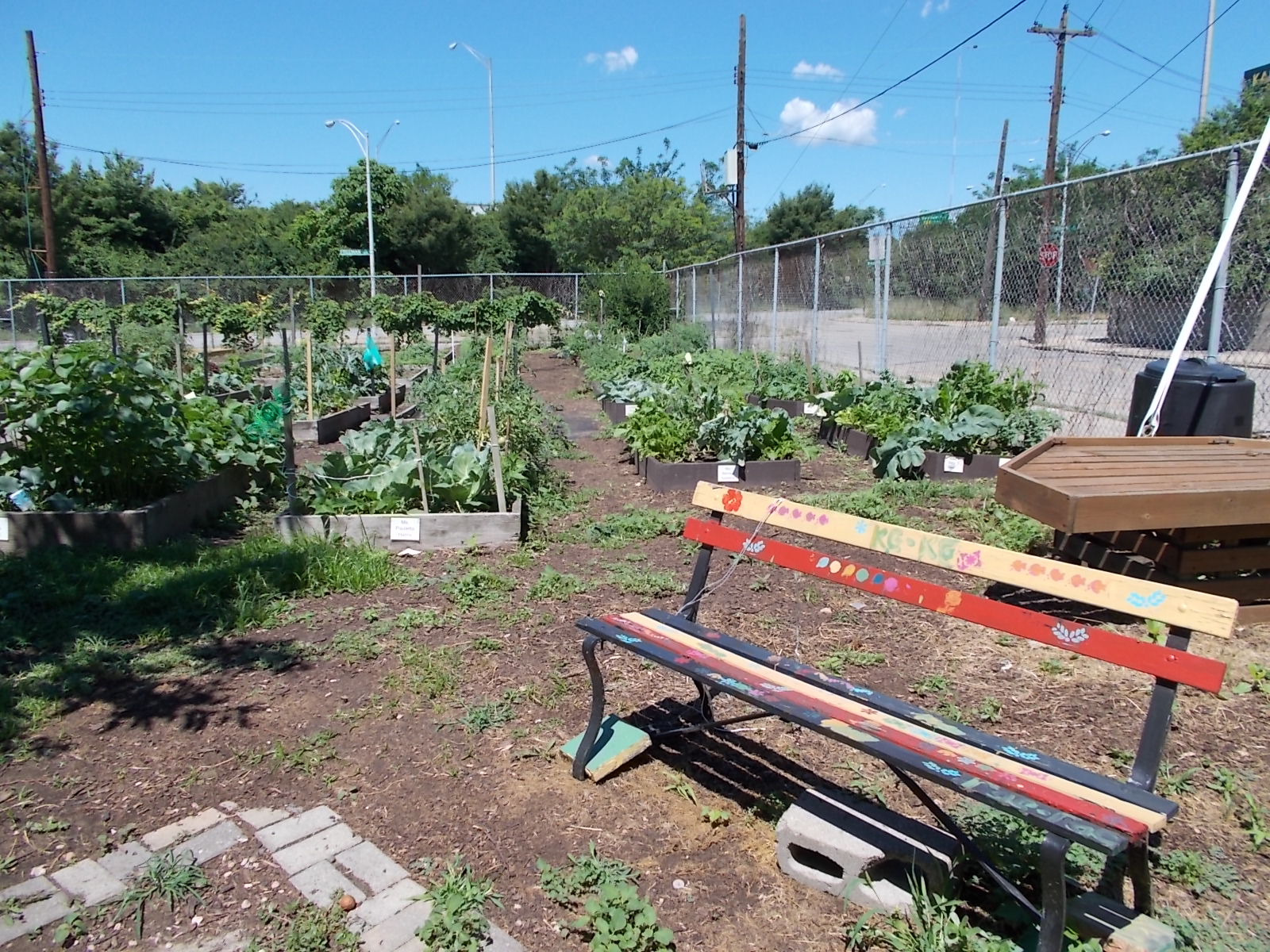
As a young American in my mid-twenties, I am accustomed to a rather mobile lifestyle. I have moved in and out of six different cities in the past six years. I have family scattered in multiple states, and the majority of my friends live somewhere other than their hometown. This mobility is part of the culture in which many of us are immersed. There is nothing intrinsically good or bad about our mobility or our tendencies to wander. At the individual level, it is conducive to self-discovery, fosters curiosity and open-mindedness, and nurtures the adventurous spirit. The impact of the “mobile mindset” on the community level can be viewed from many angles. What interests me at the moment is how our sense of place and commitment to our immediate community affects what we eat and how our food is grown.
Of course I can’t speak for everyone, but many of us Millennials have been told our whole lives that we can go anywhere and be anything; we have grown up with a global perspective, an understanding of the world as one interconnected network. Our families may be close and rooted in one place, but now more than ever we say our “I love you’s” via Skype and save the hugs for that holiday visit, savoring fond memories of the neighborhood in which we were raised but taking that position in New York City without hesitation because, well, what’s stopping us? The roots that kept our parents or our grandparents grounded are perhaps more hesitant to grow deeply and latch on among people of my generation. We are determined to explore different environments until we find a perfect balance of nutrients, air and water that suit our needs, rather than settling in soil that might leave us stifled or malnourished. We are the window-box herb gardens, the fire escape tomato plants, the vertical gardens; mobile, innovative, hovering.
Gerri Simmons is no fire escape tomato plant. A small, attractive woman who claims to be 70 years old but moves like she’s decades younger, Gerri has served as the manager of the West End Community Garden for five years. Nestled between an old, abandoned elementary school, a block of housing projects and the I-75 overpass, the garden is a hidden treasure harboring thirty prolific-looking raised beds that many visitors to the West End are pleasantly surprised to find. A tall fence and locked gate serve to keep produce in the hands of the gardeners, and offer a little extra security for growers working alone. Through the fence, a brightly-painted bench and a lovingly-decorated wooden shelter add a welcoming touch to this little paradise. Gerri is a long-time resident of Cincinnati’s West End and demonstrates a vested interest in her neighborhood. She recently shared with me her insight into why this community garden plays such an important role in the sustenance and growth of her community.
Sitting under the shade of an apple tree to dodge the heat of the late June sunshine, she explained to me how so many people leave her neighborhood either to escape hard times or to seek out better opportunities—fleeing without looking back. In my head I start going through all the ways we could address issues around poverty, healthy local business and school districts, which would be another series of blog posts entirely. The way Gerri put it, the garden is a way into the lives of the poor. As a retired teacher, she emphasizes the need to involve children, to use the garden as a center of education, training and exercise. She has witnessed first-hand the look of astonishment in children when they are informed where carrots come from, and sees it as a priority to remedy the microwave dinner mentality with gardening. “If I have ten kids working out here, it’s my hope that one of those kids will turn into a gardener” Gerri said. It is easier to impact kids than adults, and that’s where we start building a greater commitment to the wellbeing of ourselves and our community. Who knows what changes and innovations could occur if more of the young, creative minds of the West End were inspired stay; to seek fulfillment and prosperity in their hometown, injecting their energy into the place that needs it most… I am in no position to tell someone from a distressed neighborhood that she should stick around. But in order to help these communities in a meaningful way, the change has got to come from within them. The West End Community Garden has the potential to keep people rooted and invested in the neighborhood, to spark a greater interest in healthy food choices, and to cultivate a sense of pride.
To be sure, it happens in poor and affluent communities alike; easy-come, easy-go lifestyles that lead us from place to place in pursuit of more, better, or different. I don’t mean to say we should resist the urge to find a place we’d like to call home, but am merely considering how the root-less nature of many Americans, myself included, seems to enhance the appeal for convenience when it comes to food. Where does it come from? Who grows it? How is it grown? It’s more challenging to answer these questions and to become seriously engaged in sustainable local food production when we’re on the move.
I don’t know where my roots will be planted in five years. I love my new home in Cincinnati, but maybe they won’t find a firm, deep place in the soil for ten years, or longer. I am learning, however, that a connection to place and a commitment to the land on which we live are important to build healthy communities. Coming from my background it is powerful and inspirational to understand the visions of someone who is not only loyal and committed to her community, but committed to the evolution of that community. As I make my way through my twenties and beyond, I’ll be thinking of Gerri as I strive for that balance between young restlessness and mature rootedness. Until I find that perfect stretch of land to cultivate in the place I least expect, you can find me tending to the tomato plants on my fire escape.

Casey Henry is an AmeriCorps VISTA with the Presbyterian
Hunger Program in Cincinnati, OH. She loves running, rock climbing, and using absurd amounts of cilantro in her cooking